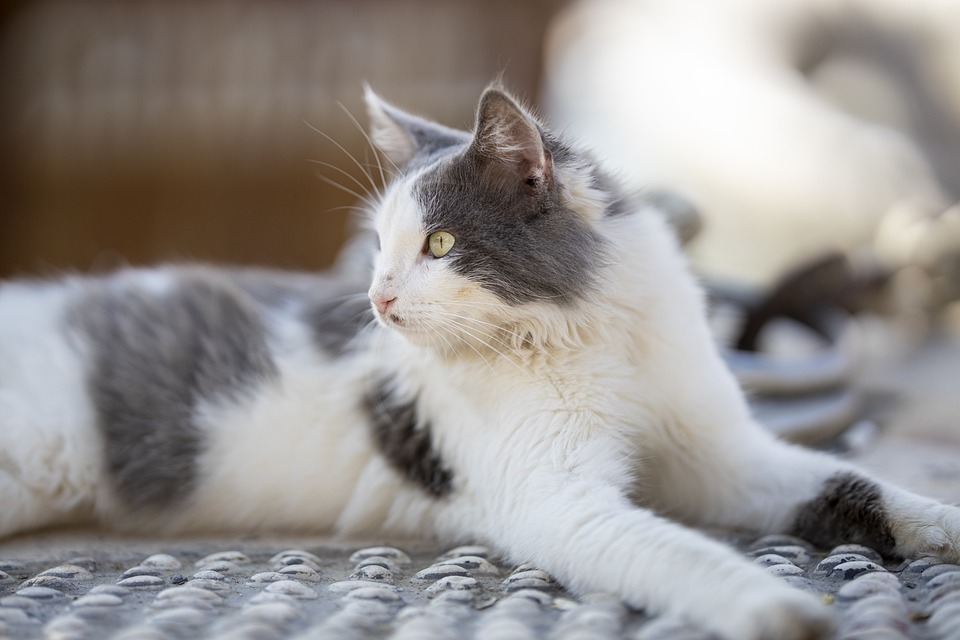Cats are known for their independent nature, but they can also exhibit attention-seeking behavior at times. Understanding the underlying causes and implementing effective strategies to deal with attention-seeking behavior is crucial for maintaining a harmonious relationship with your feline companion. In this article, we will delve into the reasons behind attention-seeking behavior in cats and provide practical tips to manage it.
Attention-seeking behavior in cats can be defined as any behavior that cats engage in to gain the attention of their owners or other individuals. This behavior can manifest in various ways, such as excessive meowing, rubbing against legs, demanding constant petting, or even engaging in destructive behaviors. It is important to note that attention-seeking behavior is not necessarily negative or problematic. Cats, like humans, have social and emotional needs, and seeking attention is a way for them to fulfill those needs.
There are several potential causes of attention-seeking behavior in cats. One common cause is a lack of stimulation. Cats are intelligent and curious animals, and they require mental and physical stimulation to stay happy and content. Without adequate stimulation, they may resort to attention-seeking behaviors to alleviate their boredom or frustration. Providing interactive toys, puzzle feeders, and engaging playtime sessions can help keep your cat mentally and physically stimulated.
Boredom and loneliness can also contribute to attention-seeking behavior in cats. Cats are social animals, and they can become lonely and bored if left alone for extended periods of time. To alleviate these feelings, consider providing companionship for your cat, either through adopting another cat or spending quality time with them. Interactive toys and climbing trees can also provide entertainment and alleviate boredom.
Medical issues can also be a potential cause of attention-seeking behavior in cats. If your cat suddenly starts displaying attention-seeking behavior, it is important to rule out any underlying health conditions by consulting with a veterinarian. Medical issues such as pain, discomfort, or hormonal imbalances can manifest as attention-seeking behavior.
Another potential cause of attention-seeking behavior is insufficient positive reinforcement. Cats, like all animals, respond to positive reinforcement. If a cat’s desirable behaviors are not acknowledged or rewarded, they may resort to attention-seeking behaviors to gain attention. By reinforcing good behavior with treats, verbal praise, or extra playtime, you can encourage your cat to engage in desirable behaviors instead of seeking attention.
To effectively deal with attention-seeking behavior in cats, there are several strategies you can implement. Providing adequate stimulation is crucial. Engage in regular playtime sessions with interactive toys, create a stimulating environment with scratching posts and hiding spots, and ensure your cat has access to windows or perches to observe the outside world.
Establishing a routine is also important for managing attention-seeking behavior. Cats thrive on predictable schedules, so make sure to establish consistent feeding times, playtime sessions, and social interactions. This routine will help provide structure and stability in your cat’s life.
Encouraging independent play is another strategy to reduce attention-seeking behavior. Introduce puzzle toys and treat-dispensing devices that allow your cat to engage in independent play. Gradually reduce the need for constant human attention by encouraging your cat to entertain themselves.
Reinforcing good behavior is essential in managing attention-seeking behavior. Use positive reinforcement techniques to reward desired behaviors. Identify appropriate rewards such as treats, verbal praise, or extra playtime to encourage your cat to engage in desirable behaviors.
If attention-seeking behavior persists despite implementing these strategies, it may be beneficial to seek professional help. Excessive or problematic attention-seeking behavior could indicate an underlying issue that requires the expertise of a professional animal behaviorist. They can provide guidance and assistance tailored to your cat’s specific needs.
In conclusion, understanding the causes of attention-seeking behavior in cats empowers us to address it effectively. By providing adequate stimulation, incorporating positive reinforcement, and seeking professional help when needed, we can create a balanced and fulfilling environment for our feline companions. Remember, patience and consistency are key when dealing with attention-seeking behavior, and with time, you can establish a more harmonious bond with your cat.








